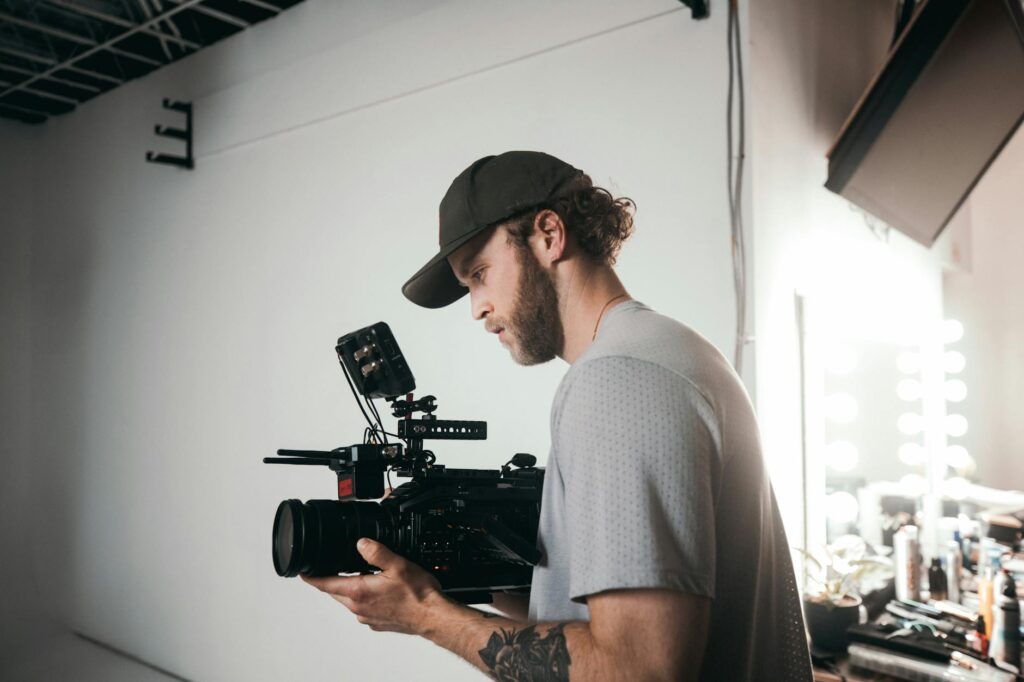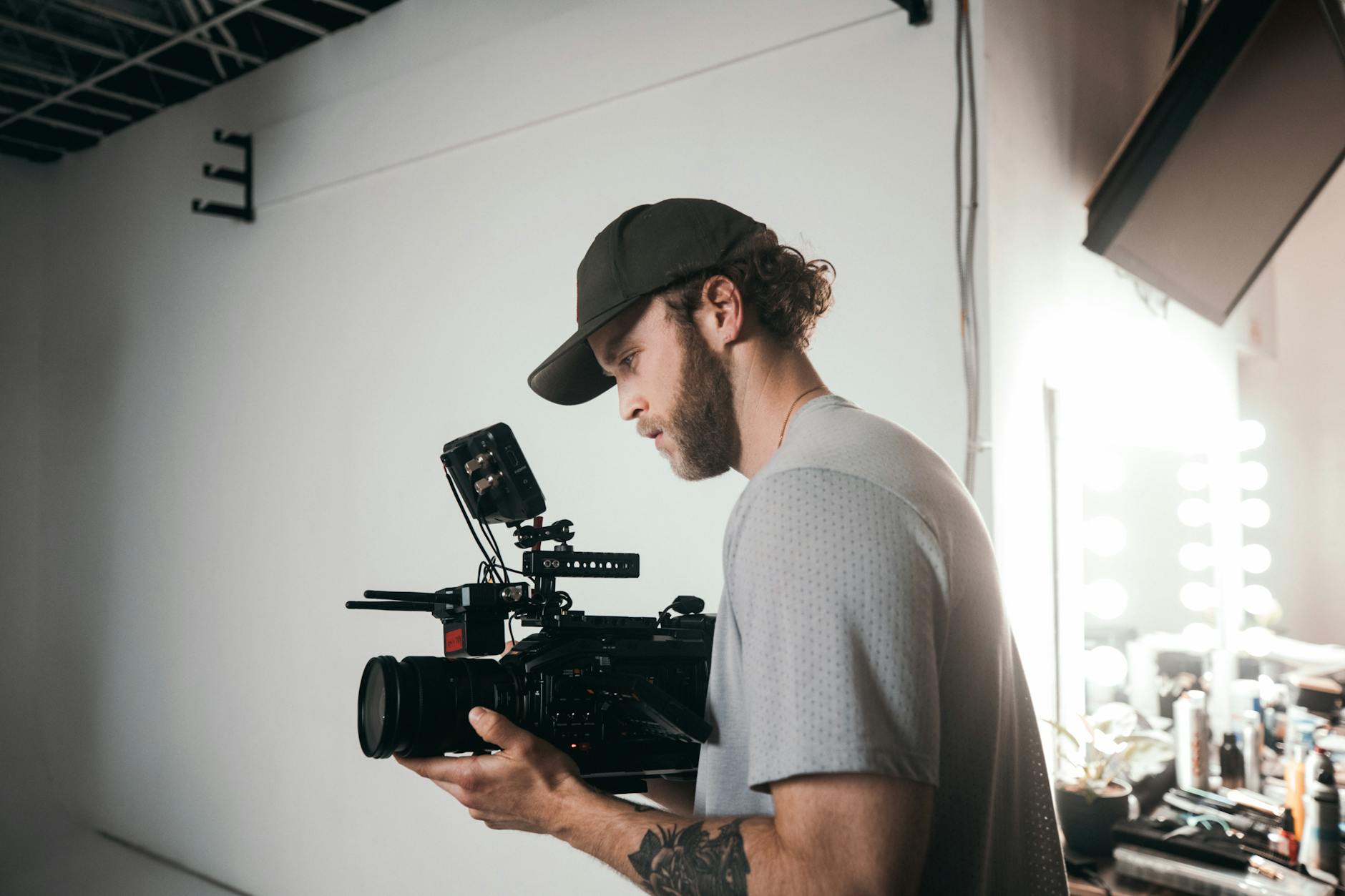What is creative workflow?

What is Creative Workflow?
In today’s fast-paced world, creativity needs structure. This is where the concept of creative workflow comes into play. It’s not just about generating ideas willy-nilly; it’s about having a systematic approach that enhances productivity and efficiency in creative endeavors. By understanding and implementing an effective creative workflow, you can streamline processes, reduce bottlenecks, and ultimately, boost the quality of your work.
Defining Creative Workflow
So, what exactly is creative workflow? At its core, a creative workflow is a series of steps that guide creative projects from conception to completion. Unlike traditional workflows, which might focus solely on efficiency and productivity, creative workflows prioritize the creative aspects while ensuring that the process remains organized.
Key Components of Creative Workflow
A well-structured creative workflow comprises several essential elements:
- Brainstorming: This is the heart of any creative project. It’s where ideas are born and possibilities explored.
- Planning: After generating ideas, the next step is to outline how to bring those ideas to life. This might involve setting deadlines, assigning tasks, and defining goals.
- Execution: This is the action phase, where ideas transform into reality. It requires focus and adherence to the planned structure.
- Feedback: This involves evaluating the work completed, gathering input from team members or stakeholders, and making necessary adjustments.
Mastering these components is crucial for anyone involved in creative projects. It allows individuals to harness their creativity while keeping their efforts aligned with project goals. The significance of understanding creative workflows can’t be understated—it empowers creatives to focus on what they do best without getting lost in chaos.
Stages of Creative Workflow
Understanding the stages involved in a typical creative workflow can enhance your project management skills. Let’s break down these stages.
Ideation and Concept Development
The first step in the creative workflow is ideation. This is where you brainstorm and generate a variety of ideas. Techniques like mind mapping or group discussions can be effective here. The goal is to refine these ideas into a viable concept that guides the rest of the project.
Planning and Organization
Once you have a clear concept, planning takes center stage. This involves creating a roadmap for the project. You might utilize project management tools to streamline this process. A solid plan outlines who does what and when, ensuring everyone is on the same page. It’s much like setting up a GPS for your creative journey—without it, you might end up lost.
Execution and Production
The execution phase is where the magic happens. It’s the time to bring your ideas to life. This stage requires attention to detail and commitment to deadlines. Remember, even the best ideas can fall flat without proper execution. This is where collaboration tools can make a significant difference, helping teams stay connected and informed throughout the production process.

Photo by Kyle Loftus
Tools and Techniques to Enhance Creative Workflow
There are various tools and techniques available to enhance your creative workflow. These not only improve efficiency but also foster collaboration.
Project Management Software
Popular project management tools, such as Trello or Asana, can be game-changers for managing creative projects. They allow you to set deadlines, assign tasks, and track progress visually. This transparency ensures that everyone knows their responsibilities and can communicate effectively. For more insights into effective project management, check out Ziflow’s guide.
Creative Collaboration Platforms
Collaboration tools like Slack or Microsoft Teams can significantly improve teamwork and communication in creative tasks. These platforms allow teams to share ideas, provide feedback, and keep discussions flowing in real time. They create a space where creativity thrives, free from the constraints of traditional communication methods.
Conclusion
Implementing an effective creative workflow is essential for anyone involved in creative endeavors. By understanding the stages involved and utilizing the right tools, you can enhance both productivity and creativity. This structured approach not only helps you achieve your goals but also fosters a collaborative environment where innovative ideas can flourish. So, start applying these insights to your projects, and watch your creative potential soar!